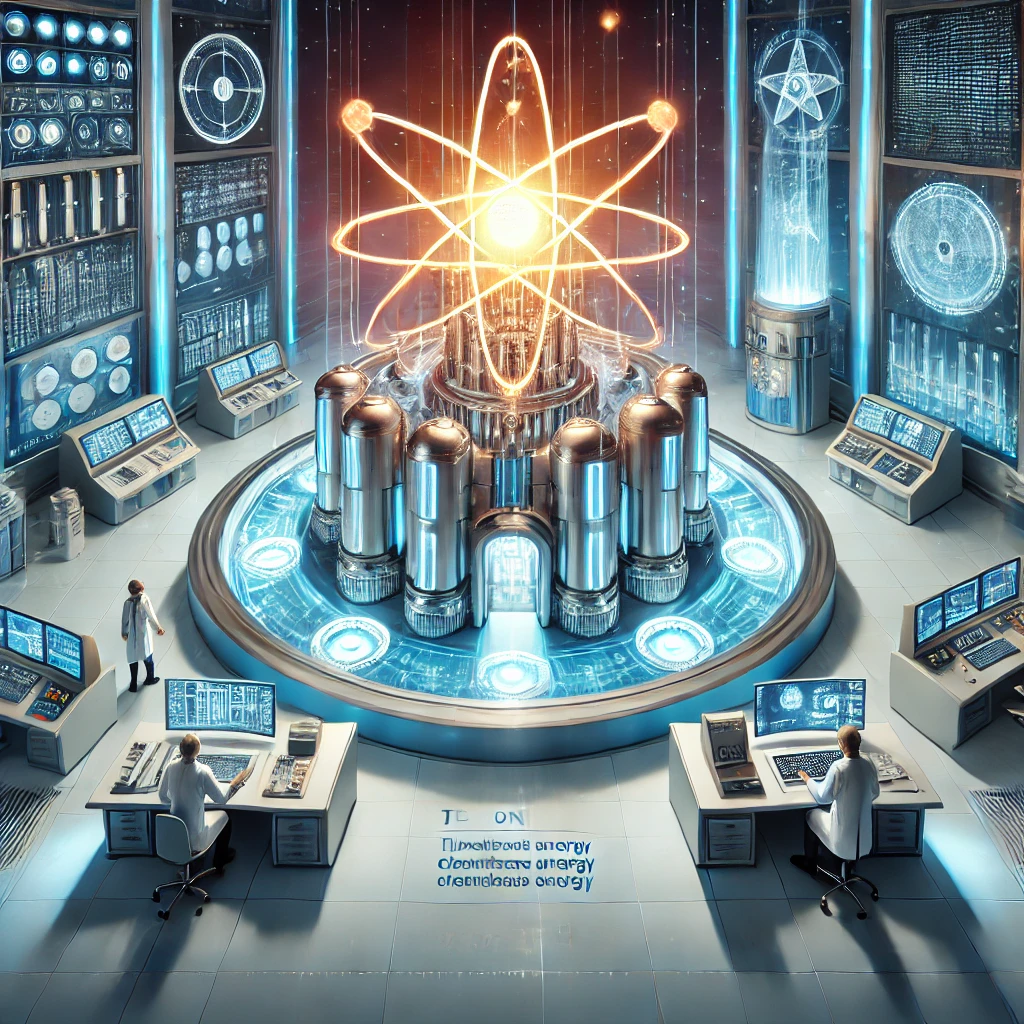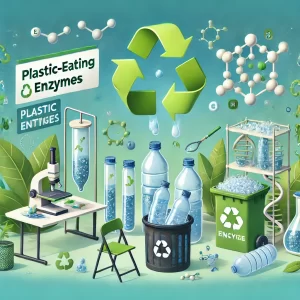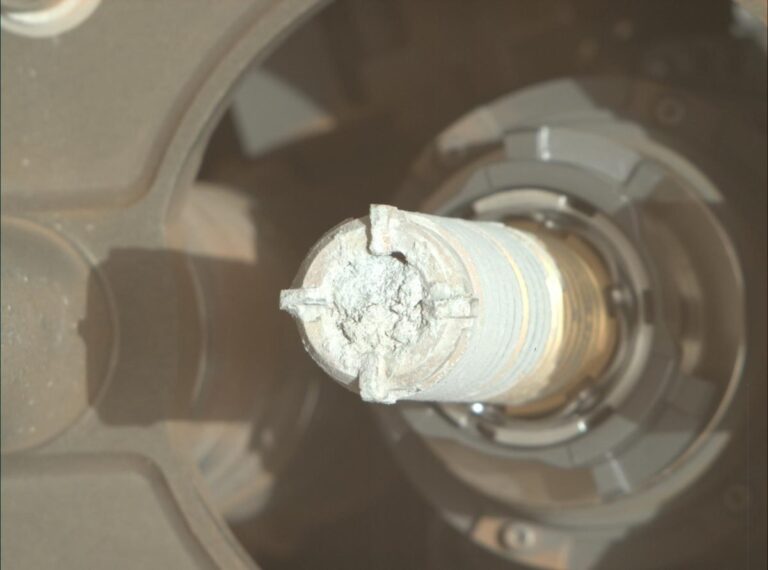The dream of harnessing fusion energy—a process that powers the sun—has come closer to reality. Scientists at the National Ignition Facility (NIF) in the United States recently achieved a groundbreaking milestone: a net energy gain from a nuclear fusion reaction.
This marks a significant step toward developing fusion as a clean, virtually limitless energy source.What Happened?Using a technique called inertial confinement fusion, researchers directed 192 high-powered lasers at a tiny capsule filled with hydrogen isotopes.
The intense heat and pressure caused the hydrogen nuclei to fuse, releasing more energy than was used to initiate the reaction.Why Is It Important?Fusion energy is considered the “holy grail” of energy solutions for several reasons:Clean Energy: Unlike fossil fuels, fusion produces no carbon emissions.Abundant Fuel: Fusion uses hydrogen, which is plentiful and widely available.Minimal Waste: The process generates significantly less radioactive waste compared to nuclear fission.Challenges AheadDespite this success, several hurdles remain before fusion can be used as a practical energy source.
These include scaling the technology, reducing costs, and maintaining continuous reactions for long durations.The Future of FusionWith continued investment and international collaboration, fusion energy could become a reality within the next few decades. It offers the promise of transforming energy systems worldwide, providing a sustainable solution to meet growing energy demands while combating climate change.
This breakthrough represents a monumental achievement in science and technology, bringing humanity closer to a future powered by clean and inexhaustible energy.

















+ There are no comments
Add yours